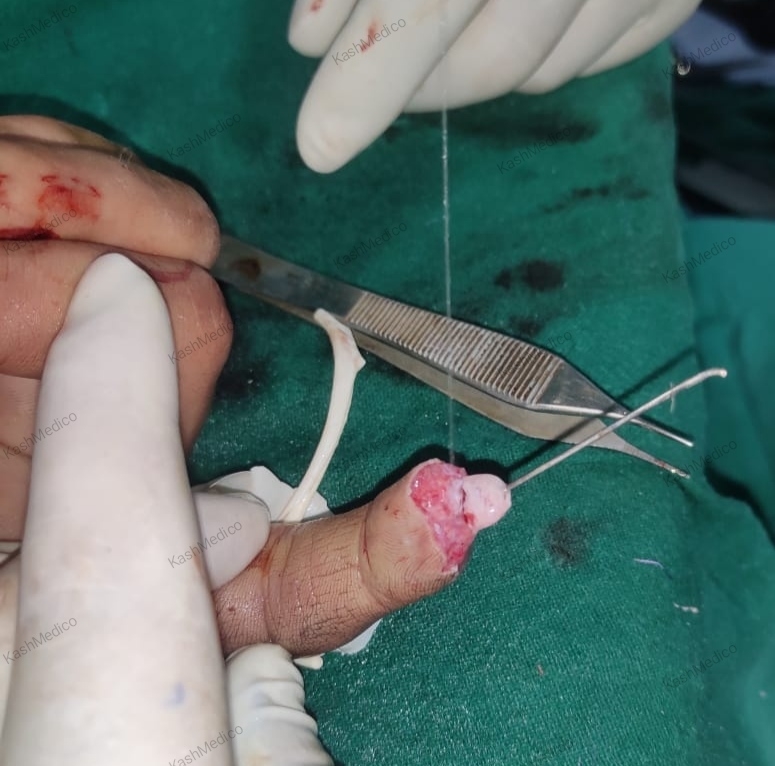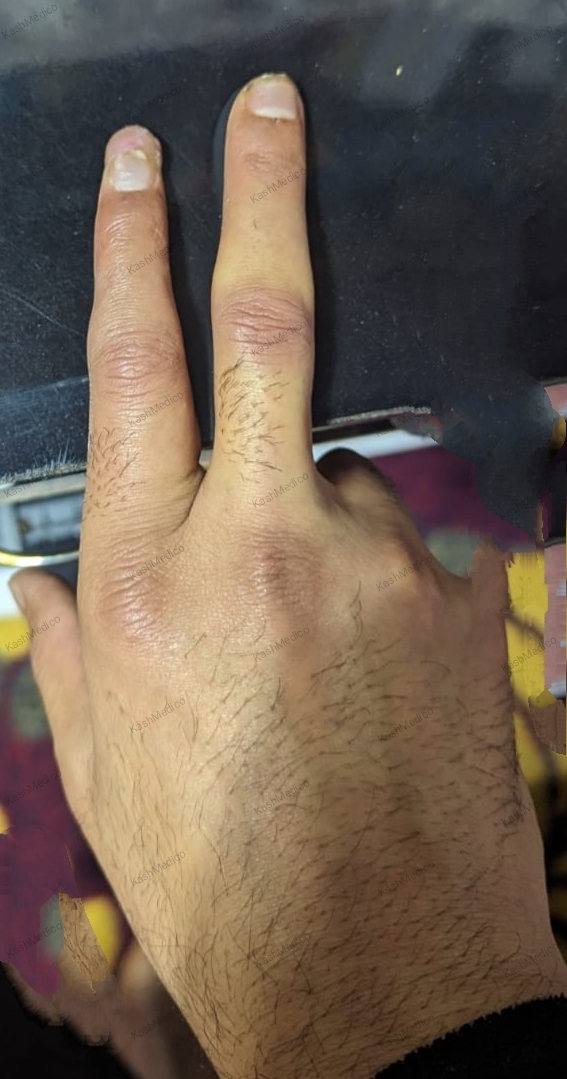What is an Amputated Finger?
An amputated finger is a finger that has been completely severed from the hand. This can occur due to an accident, trauma, or surgery. If you have suffered from an amputated finger, it is important to seek medical attention immediately. An experienced surgeon will be able to assess the situation and determine if reconstruction is possible.
What is Amputated Finger Reconstruction?
Amputated finger replantation/reconstruction is a surgery to reattach a finger that has been completely cut off. The goal of this surgery is to restore function and sensation to the reconstructed/replanted finger.
Who is the right candidate for Finger Reconstruction?
The right candidate for an amputated finger reconstruction is typically someone who has recently suffered from an amputated finger and wants to have it surgically reattached. This procedure is not for everyone. Your eligibility for Reconstruction/replantation will be determined DOCTOR based on the severity of your injury
What to expect at the consultation for Finger Reconstruction?
At the consultation, DOCTOR will assess your injury.He will also ask about your medical history and perform a physical examination. This is to ensure that you are healthy enough for surgery.He will also explain the procedure of reconstruction including the risks and benefits.
How is Finger Reconstruction performed?
Finger reconstruction is performed under general anesthesia. In general, the procedure has several stages and the order may change based on the finger’s structure and surgical preference.
- Any damaged tissue on the finger is removed by the surgeon.
- Bone: The bone is fixed with or without shortening of the bone using wires, plates, or screws.
- Tendons and Nerves: The tendons and nerves that were cut during the injury are repaired.
- Arteries and Veins: The arteries and veins are reconnected (with vein grafts if necessary) to allow for proper blood flow.
- Skin: The skin is closed with stitches (a skin graft may be used if there is not enough skin to cover the wound).
Recovery and post-operative care for Finger Reconstruction
After the surgery, the reconstructed finger will be placed in a splint or cast. You will be asked to keep your hand elevated to reduce swelling. If you smoke, you will be asked to quit because smoking can delay healing. You will likely experience some pain and discomfort after the surgery. Doctor will prescribe medication to help manage this. Most people stay in the hospital for 3-5 days after surgery. You will be seen by Doctor for follow-up appointments to check on your progress. Full recovery from finger replantation can take several months. During this time, you will likely need to see a therapist to help regain function and sensation in the reconstructed finger.
Benefits of Finger reconstruction
Finger reconstruction surgery can restore both function and sensation to the affected finger, as well as improve the appearance of the hand. In addition, this surgery can also help to improve the quality of life of the patient. Finger reconstruction/replantation surgery is complex and requires a highly skilled surgeon. However, the benefits of this surgery can be life-changing for patients who undergo the procedure.
Are there any risks or complications associated with Finger reconstruction?
The complications associated with finger replantation/reconstruction rarely occur and may be minor. Specific issues of concern include damaged or scarred nerves and loss of sensation. In some cases, the reattached finger may not function as well as it did before the injury.These complications reduce when performed by board certified and experienced plastic or hand surgeon.









